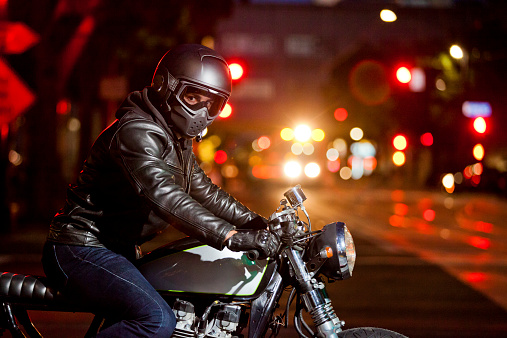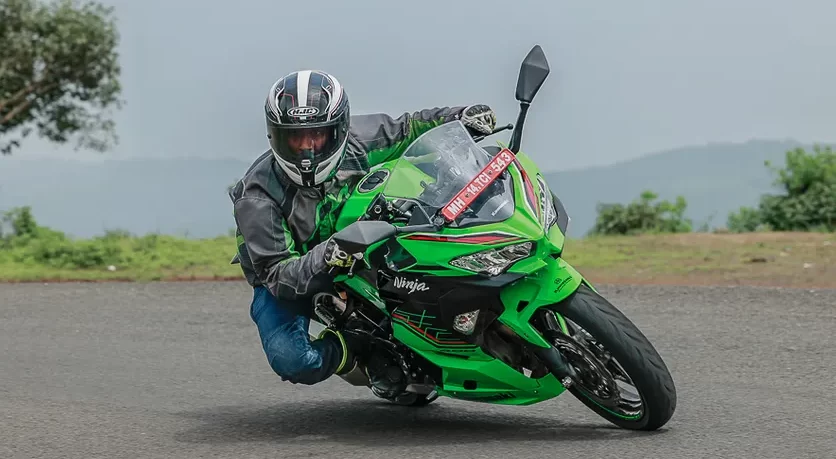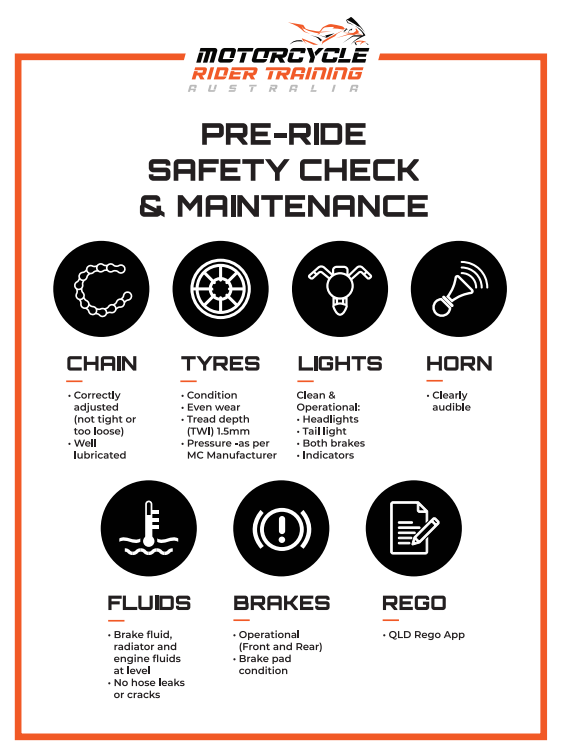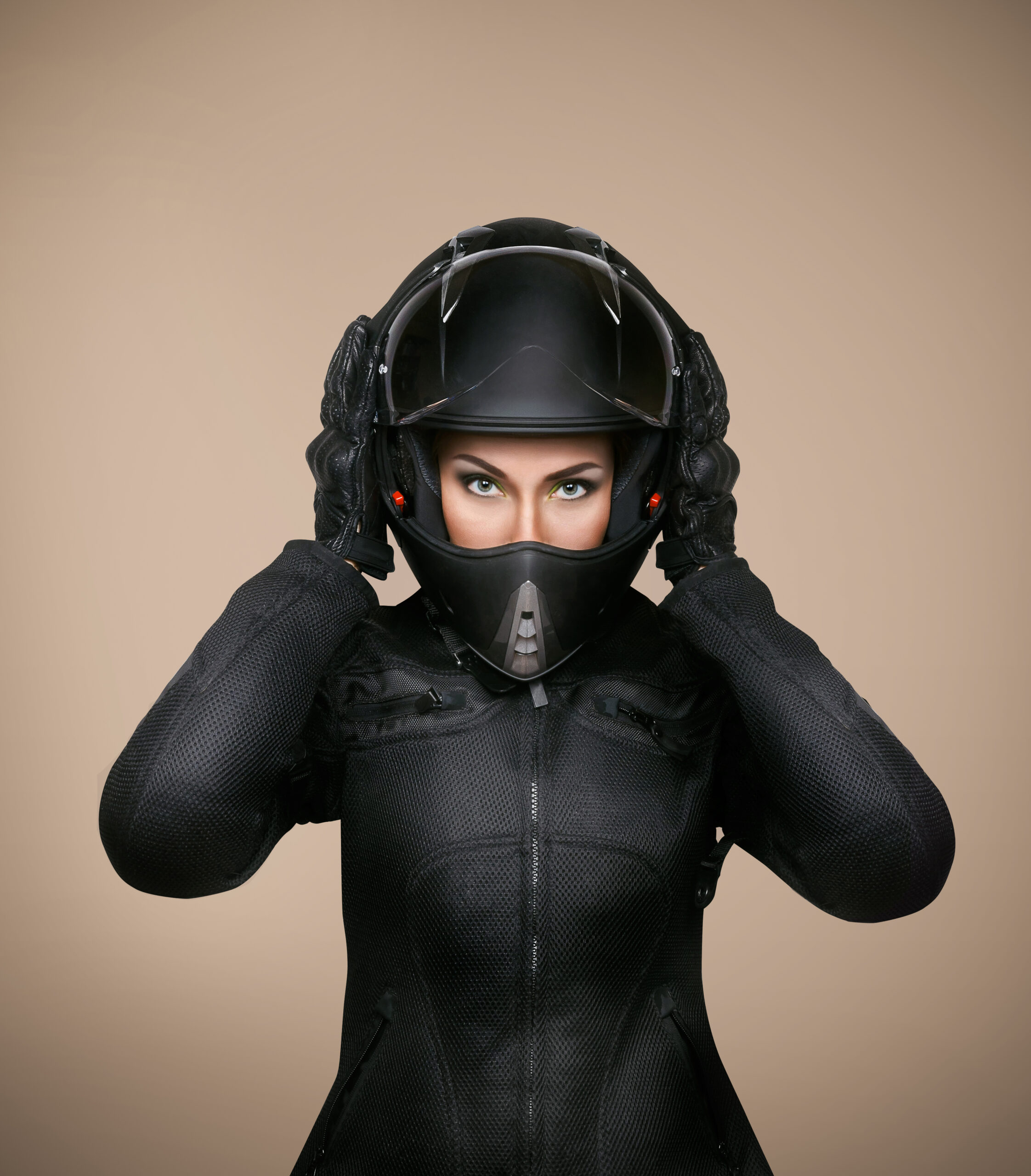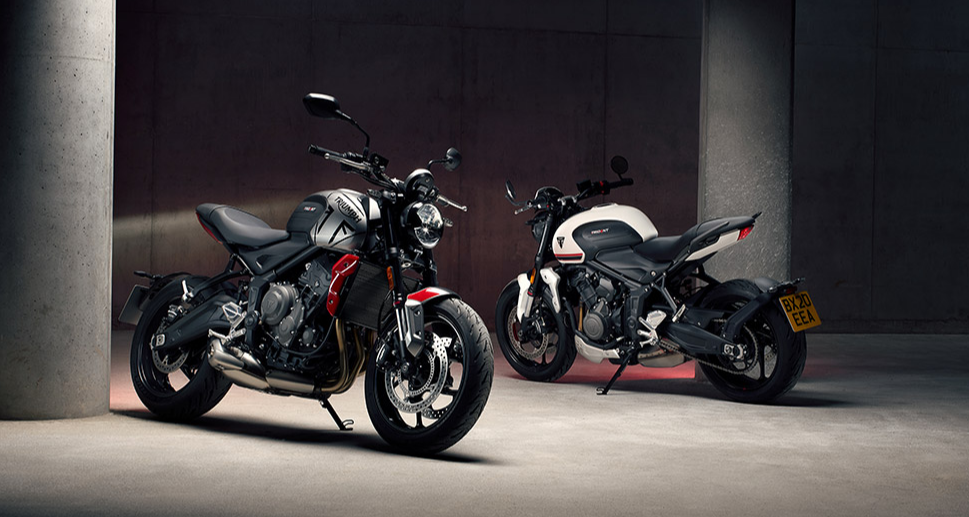The thrill and freedom of riding a motorbike is one of the best feelings in the world and riding at night brings a whole new dimension to life on two wheels. The warm evenings, cool breeze and combined with the social aspect of catching up with mates for a meal or a coffee along the river or one of our tremendous beach locations. Whilst riding at night can be lots of fun, with less traffic on the roads and cooler nights, it’s a great way to get away from it all, it does come with some additional risks and requires a whole range of skills.
If you’re new to the two-wheel scene or even an experienced rider that loves it when the sun goes down, night riding might be for you. But let’s first check this list of key tips and tricks to make sure you’re well equipped and safe for the road before you hit the throttle.
General experience first:
Every successful motorcycle rider needs to establish a set of skills and knowledge to deal with the dangers they face as motorcyclists. Handling skills, Roadcraft, protective clothing, motorcycle set-up, and attitude to name a few.
Whilst roadcraft is now a mandatory skill through any Qride Pre-Leaner, Restricted or Unrestricted licencing system, many motorbike riders become complacent with their roadcraft and take the easy option. A rider Roadcraft needs to be adjusted depending on the variable such as for the city, country, wet, dirt roads and night. How the motorcyclist adjusts to all these variables and adjust their roadcraft will determine their success as a motorcyclist.
Riding at night isn’t recommended for beginners as it does require more concentration, more expertise, and the right gear. If you’re new to motorcycles, give yourself some time to build up your skills before you start riding at night. For starters we are less visible to other motorists, we need to concentrate a lot more, we have less vision of traffic and it much harder to judge speed and distances at night with lights and especially mirrors.
When you do decide you’re ready to start riding at night, don’t just assume your usual apparel will be good enough. Research the protective riding gear to get an idea of what the pros recommend for night rides. A good website independent testing of motorcycle protective gear is www.motocap.com.au
Also talk to your fellow rider friends about what it’s like to ride in your area at night, and note the trouble spots they mention.
Light it up:
In Queensland it is mandatory to have lights on during the day (either low beam or DRL – Day Time Running Lights). However, even during the day, many drivers aren’t as careful as they should be about looking for motorcycles. That problem gets even worse at night when visibility is reduced, so you need to do everything you can to see and be seen.
Most older motorbikes come with weak or ineffective stock headlamps, so if your motorcycle is one of these, you’ll want to investigate an upgrade of either the bulb or the whole headlight to LED. This is not an expensive upgrade and is well worth the money spent. LED headlamps are a great idea since they draw less power from your bike’s electrical system but are substantially brighter than normal bulbs.
Brighter headlamps both help you see obstacles on the road clearer and help improve other drivers’ visibility of you. Ensure your light is angled below the level of a car driver’s eyes so you don’t blind or distract them.
On the “being seen” side, adding extra lights to your bike can be both a fun way to express your style and a potential lifesaver. From wheel lights to underbelly lights, there are thousands of different models are available to customize your pride and joy.
Adding reflective tape to your rims, bags, helmet, or other areas can also be a difference-maker, and you can get creative with cool shapes and designs all for very little money.
Whilst most motorcycles are black and most riders wear black, we make it quite difficult to be seen on a back road in low light or night-time. So, make sure your protective gear has some built-in reflective piping or patches, to assist withstanding out at night.
Ride more slowly and carefully:
Even with good headlights, your vision is reduced to as far as the headlamp lights reach, meaning you won’t respond as quickly to obstacles and threats. Some animals, such as kangaroos and rabbits, are more active at night and more likely to run across your path. Some even freeze when they see bright lights.
A good practice for night riding is to only ride “as fast as you can see.” If your vision is just barely keeping up with your speed, you should reduce speed slightly or you may be setting yourself up for an accident.
Always ride in a manner that allows you to scan ahead for potential dangers. Ride at a speed that enables you to recognize the hazard and evaluate the hazard before you arrive at it. A general rule is to always double your crash avoidance space from 3 to 6 seconds if following a vehicle.
If group riding and you are leading the pack, just remember other riders may not have your skill set and feel pressured to keep up.
Keep in touch:
Group rides at night can be loads of fun, but you need to pay close attention to your communication to make sure everyone is safe. The lack of visibility at night can make it harder to keep track of other riders, so it’s critical to have a motorcycle communication system that doesn’t rely on sight. With a good communication system, riders can warn each other for dangers on the road that might not be seen by everyone.
That’s where motorbike communication systems such as Sena and Cardo Systems’ really assist situational awareness and communications. These powerful helmet-mounted devices turn your helmet into a voice-activated multimedia communications centre. This includes motorcycle helmet intercom systems for talking to other riders and smartphone Bluetooth connection for phone, navigation, and music if you so desire.
Combine one of these systems with a Quad Lock or SP Connect mobile phone holder system you can see and hear navigation instructions. It’s an easy way to make your ride both safer and a lot more fun.
Vision:
At night your vision is obviously reduced, but you also lose depth perception and ability to judge speed as well. To assist whilst riding at night try the following:
Always keep your visor clean. Even small smears or fingerprints can reduce your vision in bad weather or at night. A good tip is to buy the small glass cleaning kits from Bright eyes or Sunglass hut and keep in your jacket pocket, so you always have a way to clean your visor. Don’t use paper towel or other abrasive materials.
A lot of riders change their external visor to a tinted but don’t change the internal. Never ride at night with a tinted visor as vision is significantly reduced. On all my helmets I have changed my external visor to tinted but have then also changed my internal to a yellow visor.
I personally find the yellow visor reduces glare from headlights but also assist in low light areas up through the mountains to improve visibility of water, debris, or moss on the road.
The Visor Shop can provide nearly any colour option (Internal and External visors) for nearly every make of helmet and are well priced.
Your eyes read depth, which is vital in speed control, as well as giving you direction. Protect your eyes from the cars lights by looking away from the oncoming cars lights.
You must look outside your headlight beam to negotiate a corner; this is where some training helps. Headlights on motorcycles are focused straight ahead, so when you follow the light beam you can and will suffer target fixation, which means you could find yourself running wide in turns.
Try to avoid looking at a car’s lights directly as this will affect your night vision.

